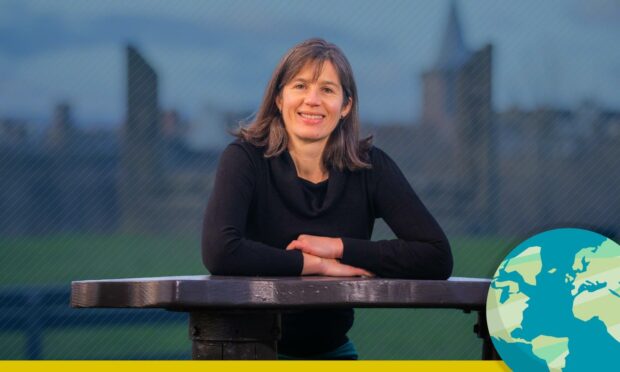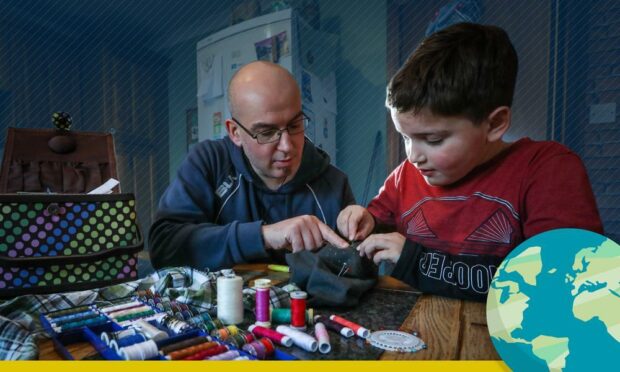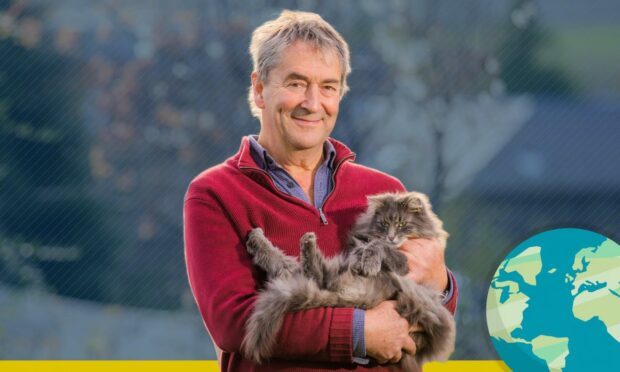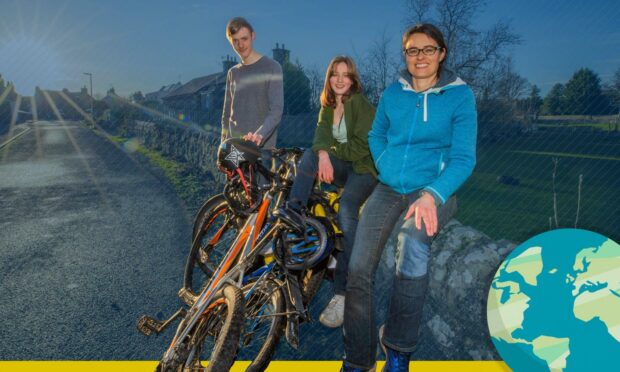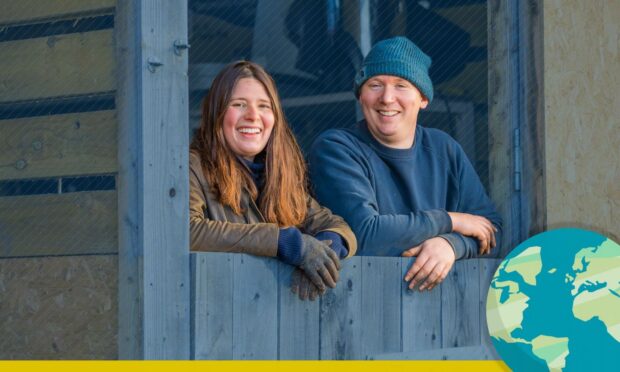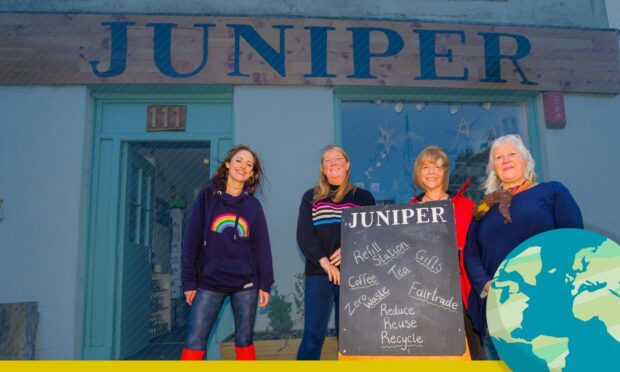Doctor and mum Laura Jarvis got a big surprise when she decided not to buy any new clothes for a year.
She thought the challenge would be a “difficult” one for her.
But instead the avid recycler, repair and thrifty craftswoman found it a “liberating experience.”
And her fashion fast appears to have done nothing to dampen her sense of style, as you can see for yourself in the video above.

Laura is not alone in her concerns.
Fashion production makes up 10% of total global carbon emissions – more than all international flights and maritime shipping combined. That’s according to Business Insider.
Fast fashion is one of the main culprits with the disposable shopping culture at its heart an anathema to many more environmentally-minded consumers.
Experts at Zero Waste Scotland advise that buying less and buying better clothes is a good way of championing sustainable living.
And other, more local, figures agree. They include environmentally-conscious Fife textile designer Claire Christie.
She turns her off cuts into “beautiful one offs” in her zero waste studio.
Sustainable living was ‘important to my parents’
Laura said her own desire to change things for herself came from her family background.
And it has been a source of creativity for her as she has pursued other crafts.
“Recycling and reusing was something as a child that was important to my parents. My parents were really thrifty kind of careful people who didn’t like to waste anything.”
She has passed on the fixed-up fashion and sustainable living bug to her own kids.
“It has become second nature to them as well. They know if their trousers are ripped it doesn’t mean they are getting a new pair.
“Those are going to get patched up and reused.”
